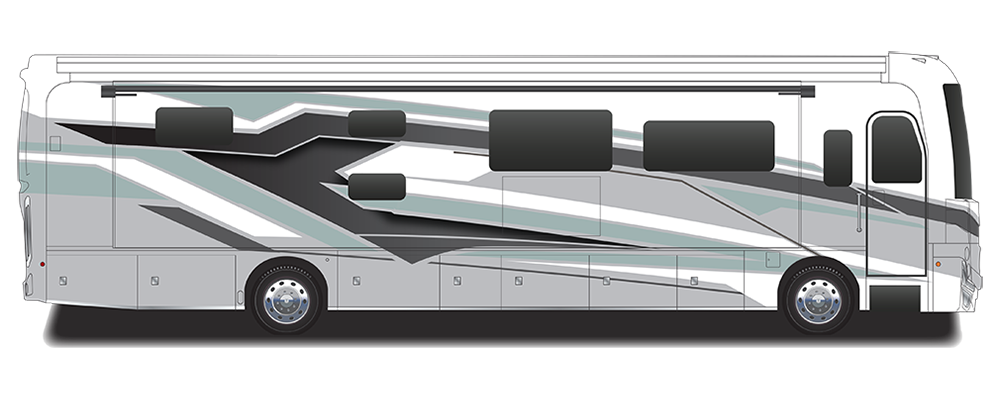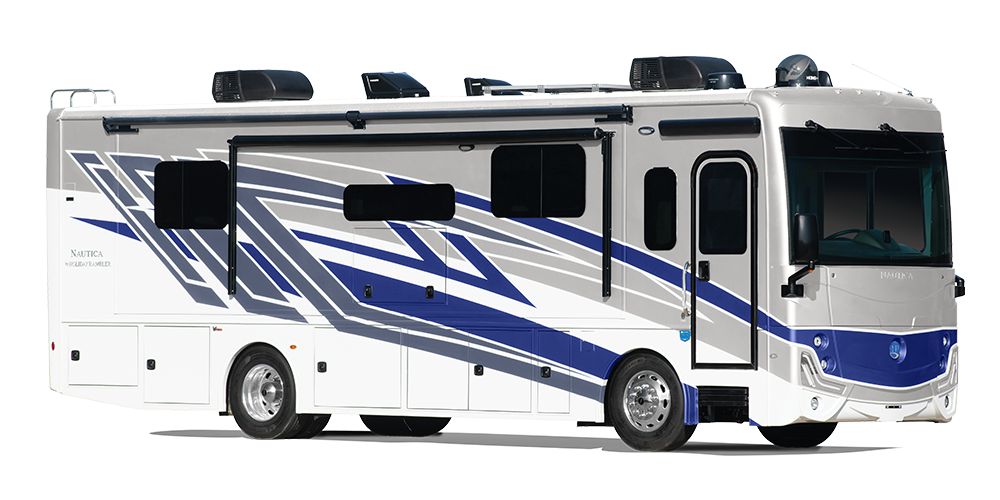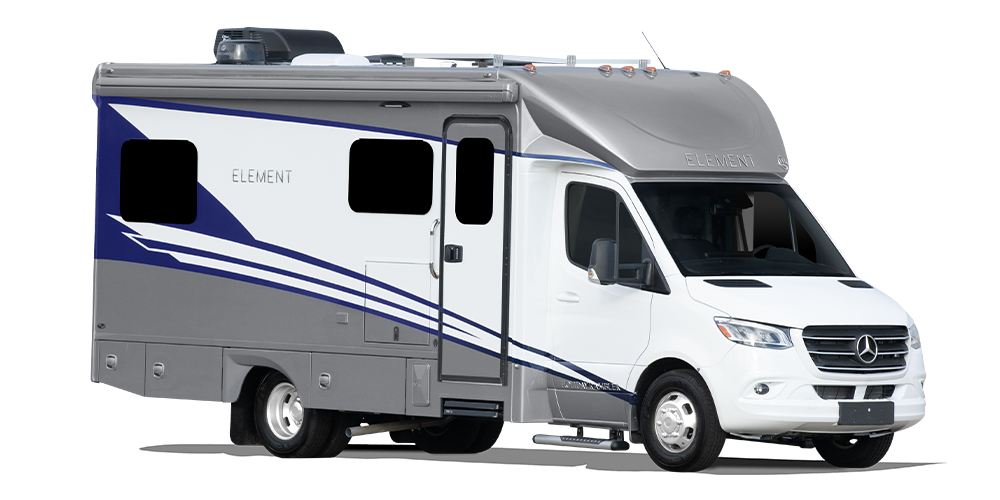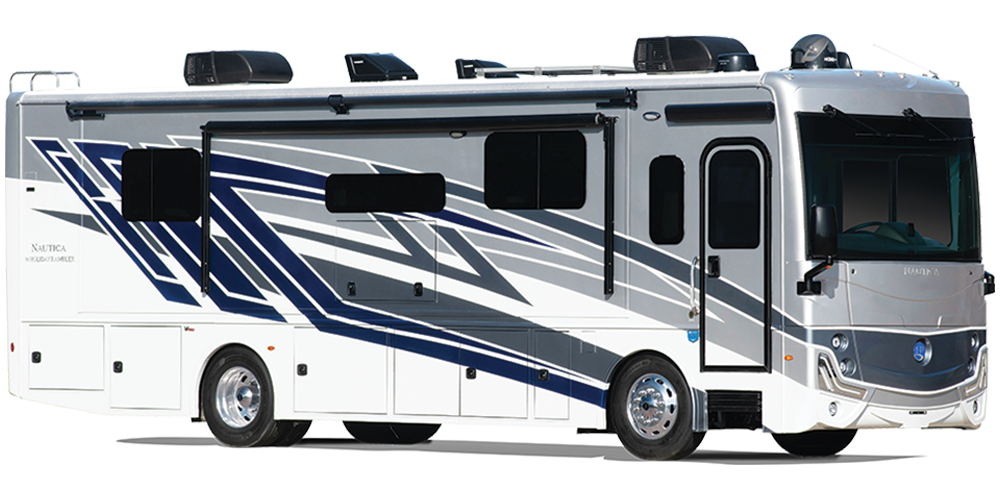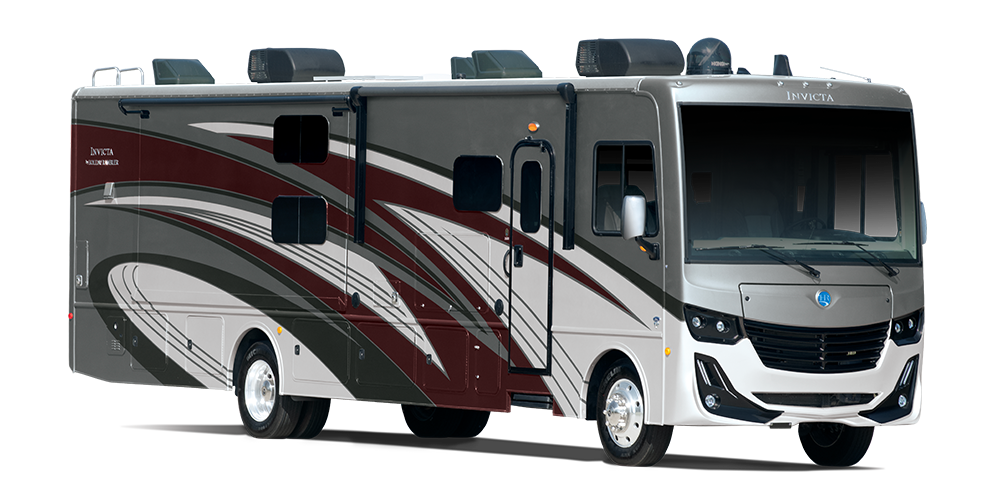Adventurtunity Family: Budget Tips for Full-Time Travelers
One of the most frequent questions we receive from people curious about, or seriously considering, traveling full-time is how we afford to live on the road. In this article, we are going to share some tips and tricks on budgeting for full-time travelers. And many of these budget tips can work for those living in a stationary home too!
First and foremost, it is always important to create and update your budget as needed. Your budget should have two types of expenses, fixed and variable. Everyone’s fixed expenses will look a bit different, but those are the bills that occur each month where the payment is always the same. Fixed expenses can include a car payment, insurance payment, mortgage, RV payment, internet service, etc. And your variable expenses are the ones that occur monthly, but the amount is different each month. Examples of these would-be groceries, gas, household items, entertainment, and shopping.
Our family has always maintained a budget, but when it came to traveling the country, we had to make a few assumptions at the beginning and leave room to modify along the way. Keep this in mind when creating your budget, you can always change it later as needed. As an example, one of the items, we completely forgot to account for in our initial budget was firewood, and trust us, that can quickly add up!
Currently our variable expenses include the following line items: RV gas, vehicle gas, propane, maintenance, groceries, dining out, household items, lodging, firewood, laundry, entertainment, souvenirs, pet costs, and overall miscellaneous. Yours might look a little different but this list gives you a good place to start when considering or planning for full-time travel expenses.
Lodging was by far our biggest expense when we first set out. We moved around frequently and were paying $50-$60 per night. Thankfully, we quickly caught on to campgrounds offering weekly and even monthly stays at a discounted rate. You can find monthly stays for as low as $500 a month for full hookup monthly stays. The rate will certainly vary depending on location and campground amenities. Monthly stays work great for us as we like to settle in for a while. If your style is to move around more frequently be sure to check out the weekly rates offered.
Another way to reduce your lodging budget is by boondocking. We have recently started to boondock more frequently and our current record is 9 free consecutive nights before having to move on to dump tanks and refill fresh water. But we’ve gone as long as 2 full weeks between campground stays with hookups. If you are looking to do something similar a quick internet search for gas stations with dump facilities and fresh water in town is very helpful before moving to your next boondocking location.

Another hefty cost, especially these days, is gas. While you are not able to control the gas prices, you can control how far, and how often, you travel. We have found that if we travel 3-4 hours between locations, that helps keep our RV gas fill ups to a minimum. Additionally, when boondocking in locations that offer hiking, biking, paddling and other fun outdoor activities right from our campsite, we tend to leave less frequently which also saves on our vehicle gas fill ups.
If you’re a foodie and love to eat out, you may have a substantial dining out budget. We certainly enjoy local dining and realize that is such a fun part of experiencing new places. But we only do so once or twice a month. Cooking at our campsite and having a weekly meal plan really helps us maintain our grocery budget and stay within our dining out budget.

Depending on your rig setup you may need to have a laundry budget if using campground facilities or laundromats. While our Vacationer has the option to install a washer/dryer unit, we have opted to do our laundry at campgrounds or local laundromats. For our family of three, we typically spend less than fifty dollars per month on laundry. The most challenging part is making sure we always have quarters on hand!

One of our favorite camping traditions is spending time around the campfire. Ironically that is the one line item we neglected to include at the beginning of our travels. But burning a bundle of wood a day at $5-$7 per bundle certainly adds up quickly. Now, whenever possible, we look for local firewood options in town. Specifically sawmills and timber framing places that sell off their scrap wood. A quick “firewood near me” internet search may help guide you to other options. And if visiting National Parks and you see a bunch of firewood piled up along the entrance, usually this is free firewood for visitors to pick up!

Hopefully these full-time travel budget tips were helpful and give you a little more insight as to what to expect while traveling!

Meet Spencer, Kristi and Kade, a.k.a. the Adventurtunity Family! In September 2020, they embarked on an adventure to live full-time in their 37′ Holiday Rambler Vacationer. Originally from Baltimore, they have traveled the country in their RV and are sharing their adventures, insight and tips with others in the hopes of inspiring them to hit the road and explore, too.
Most Popular Blogs
10 Things Anna Vaus Learned Living in a Van on Tour
samanthamcdonald2025-06-23T19:48:51+00:00June 23, 2025|
10 Things Anna Vaus Learned Living in a Van on Tour When singer-songwriter and storyteller [...]
Hitting the Road with Anna Vaus: Her Favorite Stops on the Xpedition Adventure
samanthamcdonald2025-05-08T18:57:05+00:00May 8, 2025|
There’s nothing like seeing the world with a Holiday Rambler behind the wheel — [...]
